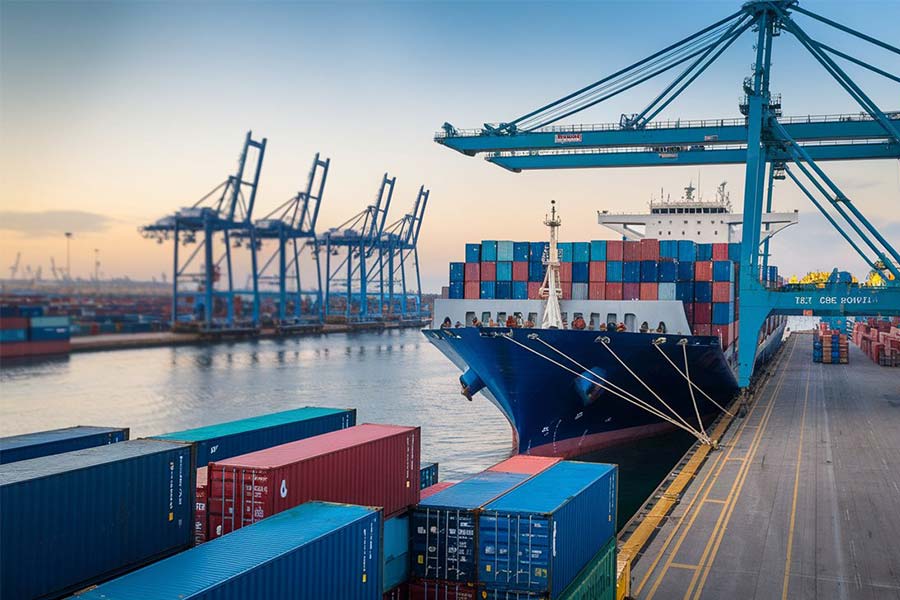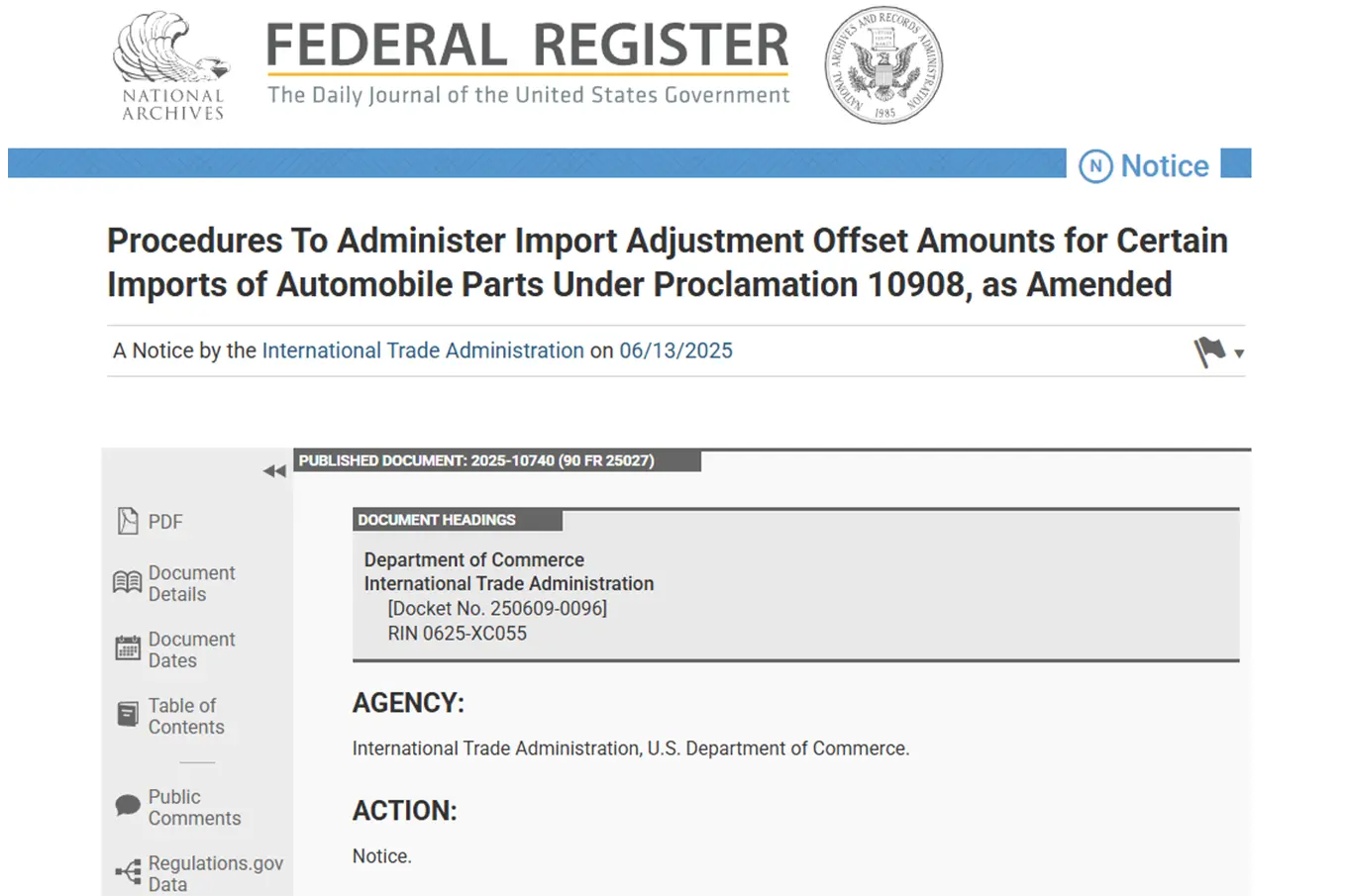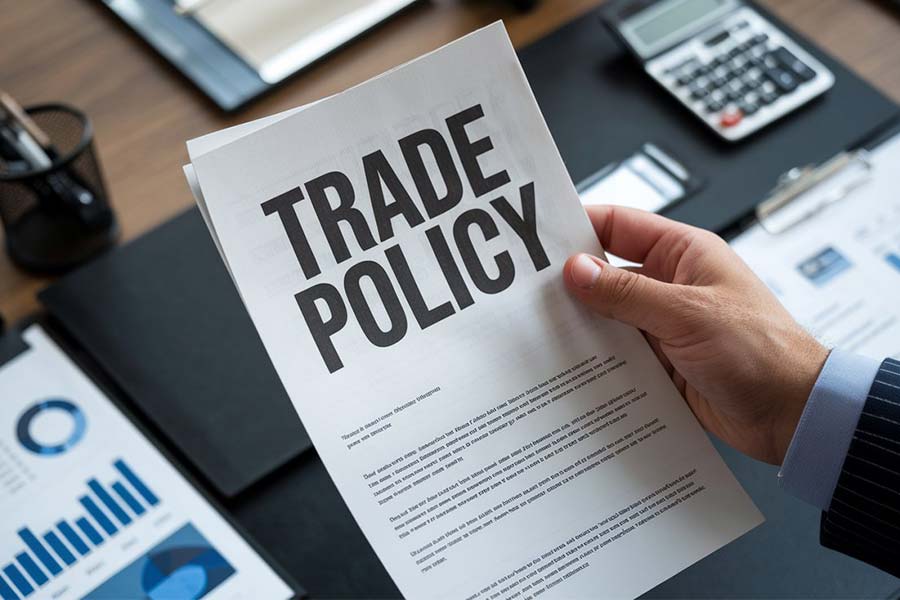- Shanghai Zhongshen International Trade Co., Ltd. - Two decades of trade agency expertise.
- Service Hotline: 139 1787 2118

Contents
ToggleThe "Access Code" for Importing Professional Instruments
When a certain electronic instrument company in Shanghai needed to import six near-infrared spectrometers from the UK, this seemingly straightforward international trade case actually involved numerous professional intricacies. As precision optical instruments, the import of near-infrared spectrometers encompasses multiple specialized dimensions, including HS code classification, tariff policy application, and inspection and quarantine requirements. Through this typical case, we can gain insight into the complete customs clearance pathway for high-tech instrument imports.
Air TransportationThe Art of Route Planning
The batch of goods has opted for a relay-style air transport route of "London-Beijing-Shanghai." This arrangement takes full account of three key factors:
- Timeliness balance: As a major international hub, the Capital Airport has a high density of flights, while choosing Shanghai Bao'an Airport as the final destination can reduce domestic segment transportation costs.
- Customs clearance flexibility:Complete the customs transfer procedures in Beijing, leveraging the mature customs clearance expertise and equipment at Capital Airport.
- Cost control: Compared to direct flights to Shanghai, this route can save approximately 15% in air freight costs.
In practical operations, we advise clients to clearly specify transfer liability clauses when signing transportation contracts to avoid additional charges caused by cargo detention at transit airports.
Accurate application of HS codes
The HS code 8421391000 (near-infrared spectrometer) used in this case serves as a typical example:
| HS Code | Product description | Tariff | Value - added Tax |
|---|---|---|---|
| 8421391000 | Near-infrared spectrometer | 0% | 13% |
This classification accurately captures the core functional characteristics of the instrument. Based on our 20 years of agency experience, the following common misconceptions often arise in the classification of optical instruments:
- Optical instruments generally misclassified under heading 9013
- May be confused with infrared thermal imagers (under item 8543).
- No distinction is made between industrial and laboratory equipment.
The correct application of HS codes not only affects the applicable tax rate but also influences subsequent inspection and quarantine requirements. In this case, accurate classification successfully avoided unnecessary laboratory testing procedures.
The Time Code of Customs Clearance Procedures
The entire customs clearance process is precisely controlled to be completed within 5-7 working days, thanks to the optimization of three key nodes:
- Pre - declaration mechanism: Complete the pre-entry of the customs declaration form 72 hours before the cargo takes off.
- Digitization of tax documents: Implement an electronic payment system to achieve same-day tax payment and verification.
- Appointment System for Cargo Inspection:Schedule inspection times in advance through the enterprise-customs collaboration platform.
It is particularly noteworthy that precision instrument inspection has its own unique characteristics. We advise our clients:
- Prepare an English version of the operation manual for reference.
- Please confirm the power-on testing conditions of the equipment in advance.
- Arrange for technical personnel to be on-site to assist with unpacking.
The Devil in the Details of Document Preparation
Although the basic document requirements may seem simple, the following issues often arise in practice:
- Commercial Invoice: No indication of origin declaration or FOB value breakdown
- Packing list: Missing critical information such as device serial number.
- Invoice: Incomplete transit airport operation information
We strongly recommend that customers request suppliers to provide:
- Equipment Calibration Certificate (Calibration Certificate)
- Declaration of Conformity (DoC)
- Radioactive Material Declaration (if applicable)
Smart Handling of Value-Added Tax
Although the tariff rate is 0%, the 13% VAT still constitutes the major cost. We have designed three tax optimization solutions for our clients:
| Solution | Applicable conditions | Tax-saving effect |
|---|---|---|
| Input tax deduction | General taxpayer | Full amount deduction |
| Tax Credit Refunds | Engaged in export business | Accelerate cash flow |
| Free Trade Zone Warehousing | Batch sales demand | Deferred tax payment |
Golden Standards for Selecting Agency Services
Through this case, we can summarize five key indicators for selecting a customs clearance agent:
- Professional Qualifications: Whether it has electromechanical capabilitiesEquipment ImportsSpecial qualifications
- Customs affairs system: Whether to connect to the new generation customs clearance system of the customs
- Emergency Response Plan: Emergency Response Plan for Precision Instruments
- Cost transparency: Is a detailed breakdown of expenses provided?
- Value - added Services: Can you provide extended services such as tax planning?
ZhongShen International TradeWe have accumulated extensive experience in the import of such high-tech instruments, having successfully handled cases involving the import of electron microscopes worth tens of millions. We advise importers to not only consider the quotation when selecting an agent but also to evaluate their professional expertise and the richness of their case portfolio.
The import of precision instruments is akin to performing a delicate "surgical procedure," where every step requires the precise operation of professionals. Through this case study of importing a near-infrared spectrometer, we aim to provide our peers with a replicable customs clearance guide, enabling more high-tech equipment to smoothly enter the Chinese market and contribute to scientific research and industrial development.
Related Recommendations
? 2025. All Rights Reserved. Shanghai ICP No. 2023007705-2  PSB Record: Shanghai No.31011502009912
PSB Record: Shanghai No.31011502009912










